Designing plastic molded parts is the foundation of a successful plastic injection molding project. For automotive, medical, or industrial component design, knowing how to design a plastic molded part is critical for precision, performance and manufacturing efficiency.
In the current plastics molding industry, increasingly more customers are in need of high accuracy and low-cost-plastic parts manufacturing. So it’s necessary for those who are engaged in injection molding, custom plastic molding, or industrial injection business? particularly it’s essential for those people who works concerning about sales topic- to get acquaintance with basics of Plastic Part Design for Injection Molding.
1. What Does It Mean to Design Plastic Molded Parts?
Designing plastic molded parts is all about the creation of a design that can be produced in the most efficient manner possible by a process that transforms plastic pellets into a molten state, shoots this material into the mold, and cools it down to form an end product.
A good plastic part design for injection molding mold making aligns the appearance, performance, and cost factors with the goals of best ensuring smooth flow filling, quick cooling and easy ejection in accordance with these principles. Details including straight lines or curves of part walls or draft angles have effect on final results or process.
2. Plastic Part Design for Injection Molding
Plastic part design for injection molding is the foundation of successful plastic parts manufacturing. It links product functionality and production feasibility. Be it a small electronic housing or a large industrial component, you need to optimize your part for productivity with the plastic injection molding process.
How do you get started on building up a good plastic part design? Well, the first thing you need to do is probably gaining an overall view from product conceptualization to manufacturing. As every decision in the design stage (like wall thickness, draft angles, gate location and material) will affect how well a part can be molded by an injection molding machine.
A good part needs three important things to work well:
- Functionality – The part does what it was designed for (structural, decoration, protection etc.)
- Moldability – It should be able to fill, cool down and eject easily in the plastic process.
- Economy – The geometry of part should be such that it minimizes the wastages of material, cycle time and tool costs.
3. Steps to Design Plastic Molded Parts Efficiently
Designing plastic molded parts efficiently requires a sound grasp of engineering, material properties, and manufacturing limits. A well-designed part will be strong, accurate, lightweight and cheap to produce using the plastic molding process. The following are the highest level points every designer should assimilate when designing high quality parts for manufacture via the plastic injection molding process.
a) Define the Function and Purpose precisely
The first step in plastic part design for injection molding is to define the exact function that the part needs to perform.
For example, industrial injection molding parts such as machine housings or automotive clips require durability and strength, while consumer goods need smooth finish and flexibility. Defining the function helps you choose suitable injection molding materials and design features that meet real-world conditions.
b) Choose the Right Plastic Material
Material selection is a critical component in realizing your design for injection molded parts. The performance of your part depends heavily on the material selection. Find the right balance by considering the mechanical performance, manufacturability characteristics, and cost.
Common injection molding materials include:
ABS (Acrylonitrile Butadiene Styrene)
One of the most commonly used plastics in plastic injection molding, ABS is known for its good mechanical strength, impact resistance and dimensional stability, as well as being easy to machine. Acrylonitrile butadiene styrene (ABS) is noted for its exceptional polish ability and is typically the material used when a smooth surface finish and high-quality appearance are required.
- Advantages: Strong, rigid, tough and durable. Excellent surface finishing. Great choice for painting or plating.
- Applications: automotive dashboards, electrical enclosures, toys, helmets, and home appliances.
- Why to choose ABS: This is used in both industrial injection molding and plastic parts production because of its high toughness and good aesthetic properties.
Polypropylene (PP)
Polypropylene is lightweight, flexible and has a high resistance to chemicals. This makes it one of the most versatile materials in the injection molding design guidelines. It is also low in density this reduces part weight and thus cost during plastic parts manufacturing.
- Advantages: High chemical resistance, fatigue resistance, and excellent flexibility.
- Applications: Food containers, packaging, household items, living hinges, and automotive trims.
- Why choose PP: Perfect for injection molding for beginners because it’s easy to mold, affordable, and ideal for custom plastic molding projects that need flexibility.
Polycarbonate(PC)
Polycarbonate is a high strength transparent material used in high precision molding applications due to its excellent impact resistance and clarity.
- Advantages: Optical transparency, High impact resistance, Heat stability.
- Applications: Safety glasses, Medical devices, Electrical components, Lighting covers.
- Why choose PC: Perfect for plastic parts production that need to be clear and mechanically resistant – lenses, protective covers.
4. Injection Molding Materials and Their Properties
Choosing the right material is critical to ensuring that your intended end-use product performs as expected. The high-performance injection molding materials we use are chemically engineered to perform optimally in their intended-end use environments, with exceptional physical properties such as:
- Strength
- Stiffness
- Chemical resistance
- Electrical resistance or conductivity
- Flame retardancy
- Temperature performance
Conclusion
Designing plastic molded parts is the heart of every successful plastic injection molding project. From injection molding material selection to optimizing part design, there are many factors to consider. To help you address any potential issues, we’ve compiled a handy representative list of problems designers may encounter when designing parts for injection molding. This list will help you understand some of the most common design challenges and assist your pre-planning. It should be noted that while this guide reviews general design considerations, it’s always best to consult with the factory as early as possible in the design process (preferably during early concept development).

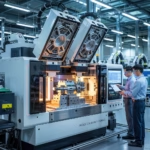
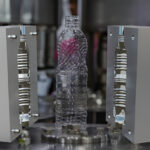
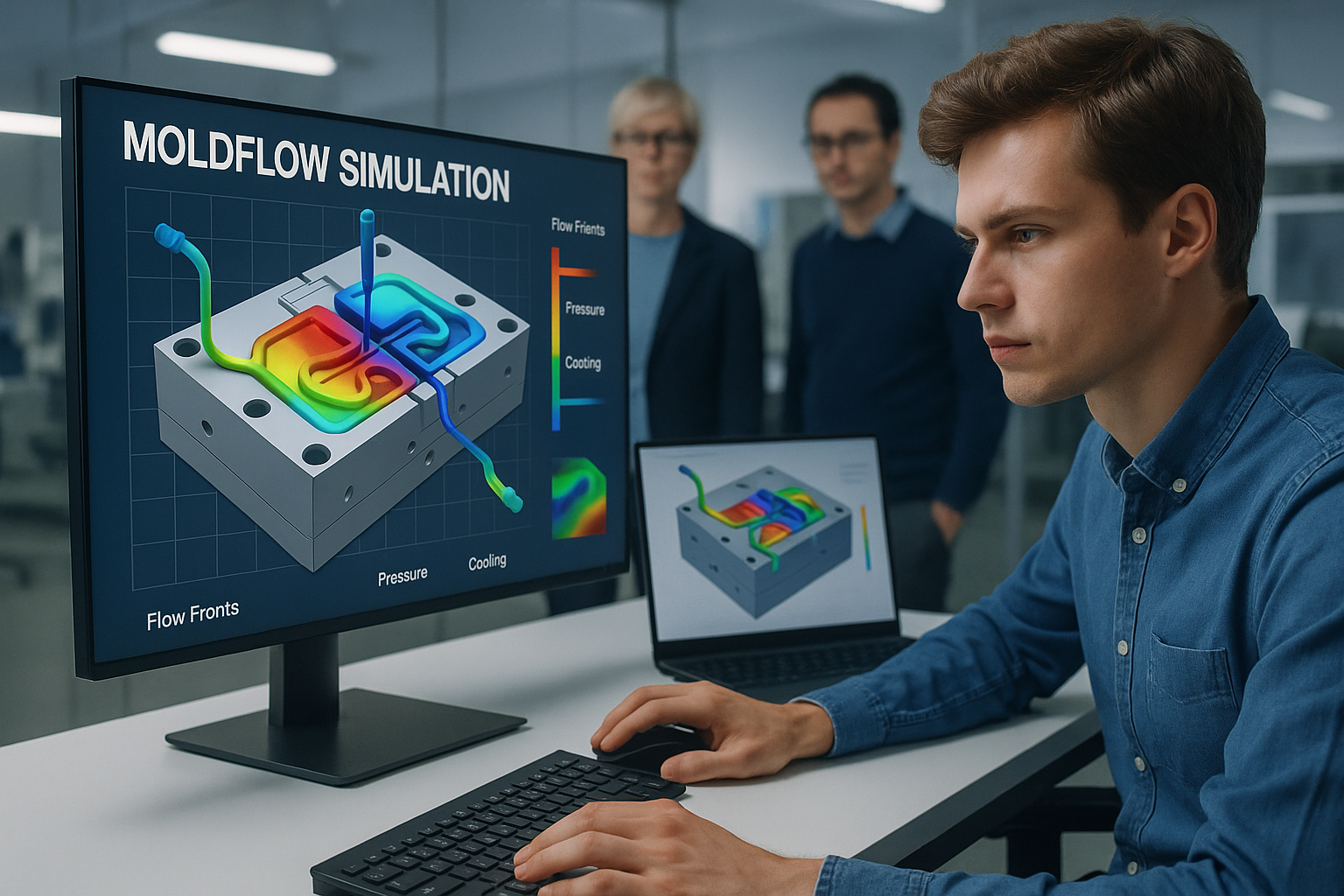
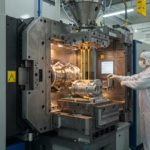
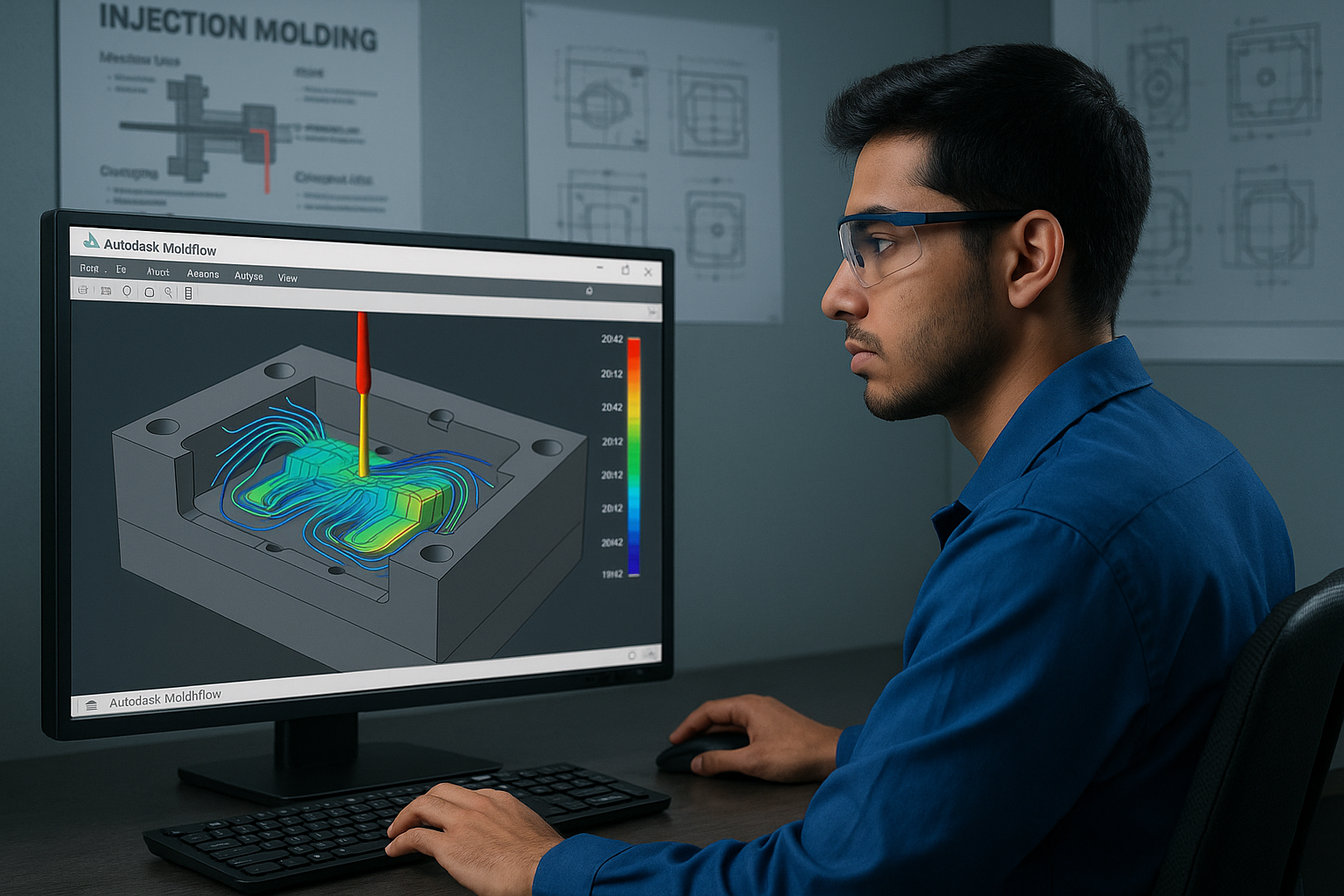
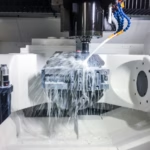
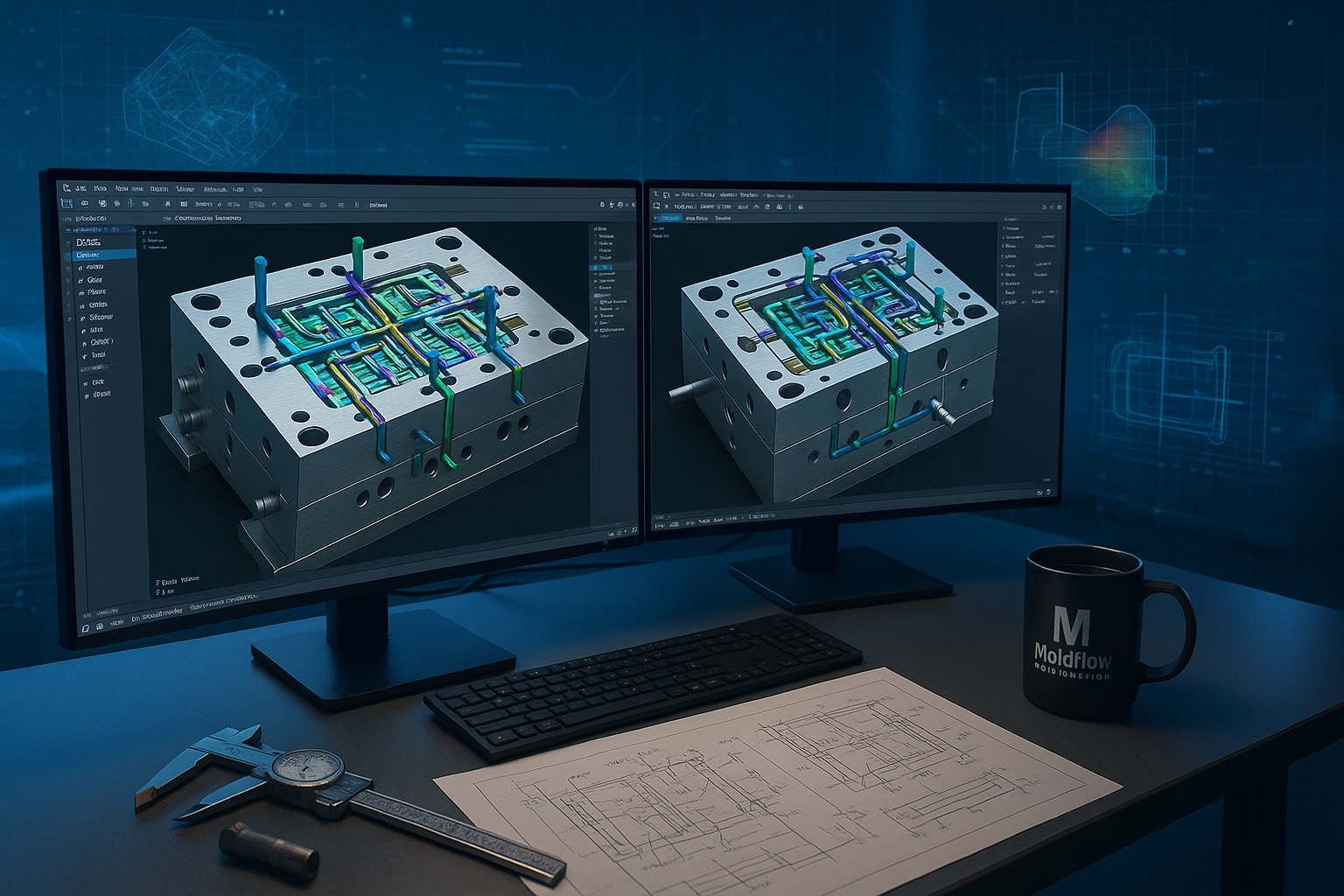
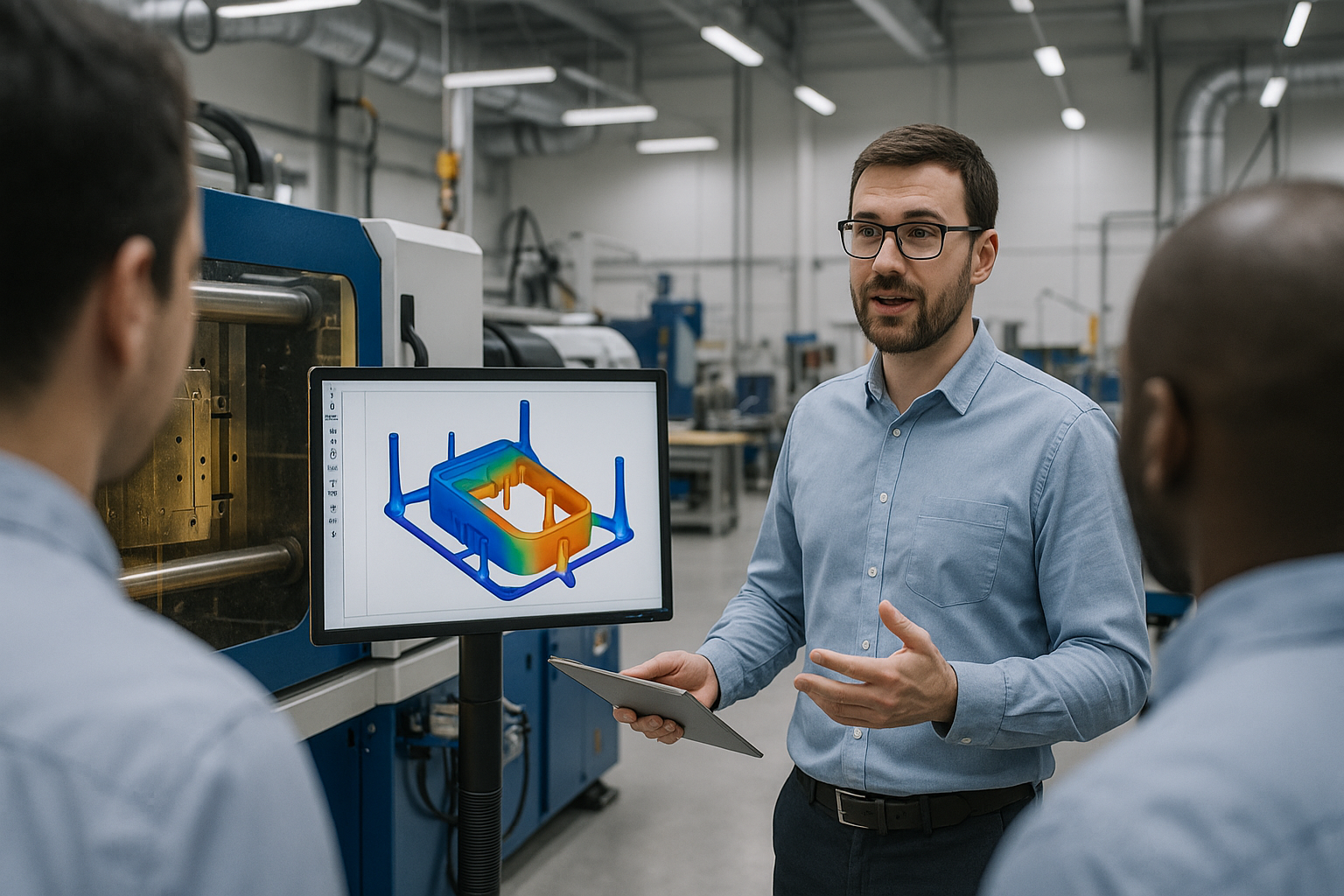
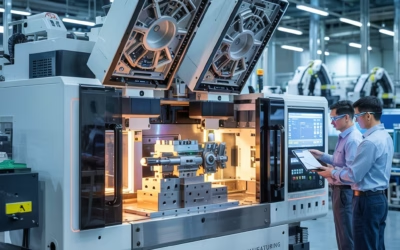
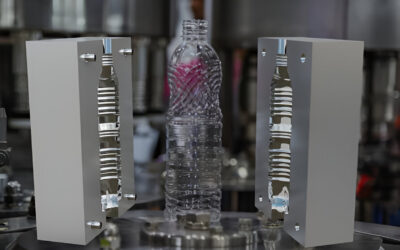
0 Comments